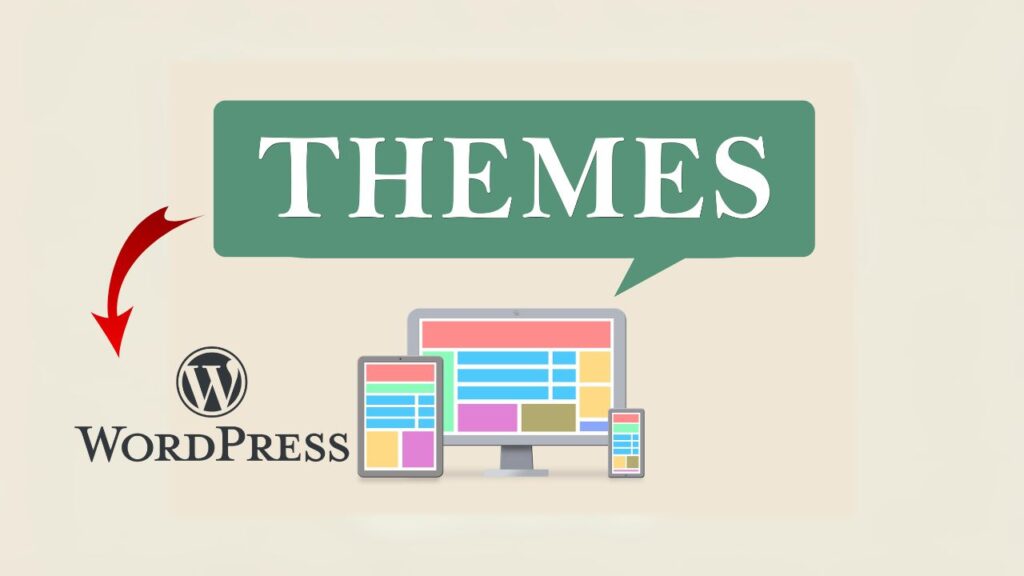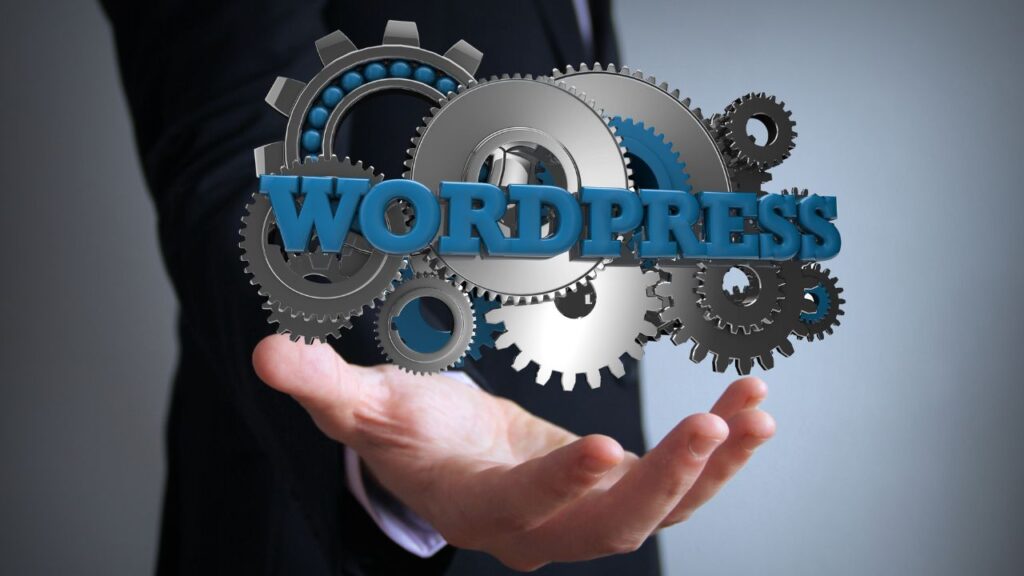WordPress has revolutionized the way websites are built and managed, offering a user-friendly platform that empowers individuals and businesses alike to create stunning online presences. At the heart of every great WordPress website lies its theme. But what exactly are WordPress themes, and how can they transform your online presence? Let’s dive in and explore the world of WordPress themes.
Introduction to WordPress Themes
What are WordPress themes?
WordPress themes are pre-designed templates that dictate the overall look, feel, and functionality of your website. They encompass everything from layout and color schemes to typography and navigation menus. In essence, a theme serves as the visual representation of your website, allowing you to customize its appearance without touching a single line of code.
Importance of choosing the right theme for your website.
Selecting the right theme is crucial for several reasons. Firstly, it sets the tone for your website and creates a memorable first impression on visitors. Additionally, a well-designed theme enhances the user experience by making your site easy to navigate and visually appealing. Moreover, certain themes come bundled with features tailored to specific niches, such as e-commerce or blogging, making them ideal for businesses or individuals with specialized needs.
Benefits of Using WordPress Themes

Customization options.
WordPress themes offer a plethora of customization options, allowing you to tailor your website to your exact specifications. From adjusting colors and fonts to arranging layout elements, the possibilities are virtually endless. Whether you’re a novice user or a seasoned developer, there’s a theme out there that can help you bring your vision to life.
Responsive design.
In today’s mobile-centric world, having a responsive website is non-negotiable. Fortunately, many WordPress themes are built with mobile responsiveness in mind, ensuring that your site looks great on devices of all sizes. By embracing responsive design, you can reach a wider audience and provide a seamless browsing experience for your visitors.
SEO-friendly features.
Search engine optimization (SEO) plays a crucial role in driving traffic to your website and increasing its visibility online. Thankfully, many WordPress themes come equipped with built-in SEO features that help improve your site’s rankings in search engine results. From clean code structure to optimized metadata, these themes give you a head start in the race for better search visibility.
Factors to Consider When Choosing a WordPress Theme

Design and layout.
The design and layout of your theme should align with your brand identity and aesthetic preferences. Look for themes that offer flexibility in customization while maintaining a clean and professional appearance.
Responsiveness.
Ensure that the theme you choose is fully responsive and compatible with all devices, including smartphones, tablets, and desktop computers. This ensures a consistent user experience across different screen sizes and resolutions.
Speed and performance.
Website speed is a critical factor that can impact user satisfaction and search engine rankings. Opt for lightweight themes that prioritize speed and performance optimization, minimizing loading times and enhancing overall site performance.
SEO optimization.
Choose a theme that is optimized for search engines out of the box. Look for features such as schema markup, optimized code structure, and support for SEO plugins to ensure maximum visibility for your website.
Also Read: From Zero to Hero: Mastering SEO with This Beginner’s Guide
Popular WordPress Themes for Different Niches
Business themes.
For businesses looking to establish a professional online presence, themes like Divi and Avada offer a wealth of customization options and sleek design layouts.
Portfolio themes.
Creative professionals such as photographers and designers can showcase their work effectively with themes like Oshine and Uncode, which prioritize visual storytelling and portfolio showcase features.
Blogging themes.
Bloggers seeking to engage their audience with compelling content can opt for themes like GeneratePress and Astra, which offer clean typography, easy customization, and built-in support for blogging functionalities.
E-commerce themes.
For online stores looking to drive sales and conversions, themes like WooCommerce and Shopify provide robust e-commerce features, including product galleries, shopping carts, and secure payment gateways.
How to Install and Activate a WordPress Theme

Theme installation from the WordPress repository.
Installing a theme from the WordPress repository is quick and easy. Simply navigate to the “Appearance” section of your WordPress dashboard, click on “Themes,” then choose “Add New.” From there, you can browse thousands of free themes and install your desired one with just a few clicks.
Uploading a theme manually.
If you’ve purchased a premium theme or downloaded one from a third-party source, you can upload it manually to your WordPress site. To do this, navigate to the “Themes” section of your dashboard, click on “Add New,” then select “Upload Theme.” Choose the theme file from your computer and click “Install Now” to upload it to your site.
Activating the chosen theme.
Once your theme is installed, you can activate it by navigating back to the “Themes” section of your dashboard and clicking on the “Activate” button below your chosen theme. Your website will now be using the new theme, and you can begin customizing it to your liking.
Customizing Your WordPress Theme

Using the WordPress Customizer.
The WordPress Customizer is a user-friendly tool that allows you to make real-time changes to your theme’s appearance and settings. From the “Appearance” section of your dashboard, click on “Customize” to access the Customizer interface, where you can adjust various aspects of your theme, such as colors, fonts, and layout options.
Adding widgets and menus.
Widgets and menus are essential components of any WordPress website, allowing you to add additional functionality and navigation elements. From the Customizer, you can easily add widgets to your sidebar, footer, or other widgetized areas, as well as create custom menus to improve site navigation.
Custom CSS.
For more advanced users, the ability to add custom CSS code allows for even greater control over your theme’s appearance. From the Customizer, navigate to the “Additional CSS” section to add your custom CSS code snippets, which will override the default styles of your theme and allow you to achieve the desired look and feel.
Best Practices for Theme Customization

Regular updates.
Regularly updating your theme is essential to ensure compatibility with the latest version of WordPress and to patch any security vulnerabilities. Most reputable theme developers release updates periodically, so be sure to check for updates regularly and apply them promptly.
Backup your website.
Before making any significant changes to your theme or website, always create a backup to safeguard your content and settings. This way, if anything goes wrong during the customization process, you can easily revert to a previous version without losing any data.
Test your changes.
After customizing your theme, thoroughly test your website to ensure that everything functions as intended. Check for any layout inconsistencies, broken links, or other issues that may arise as a result of your changes. Conducting thorough testing helps ensure a seamless user experience for your visitors.
Also read: From Novice to Ninja: Level Up Your Website Game with WordPress Mastery!
Resources for WordPress Themes

Premium theme marketplaces.
Platforms like ThemeForest, Elegant Themes, and StudioPress offer a wide selection of premium WordPress themes catering to various niches and industries. These themes often come with dedicated support and regular updates, making them a popular choice for businesses and professional websites.
Free theme repositories.
For those on a budget, free theme repositories like WordPress.org’s Theme Directory provide access to thousands of quality themes at no cost. While free themes may have fewer customization options and support compared to their premium counterparts, they can still offer excellent design and functionality for personal and small business websites.
Theme development resources.
If you have specific design requirements or prefer to create your own custom theme, there are plenty of resources available to help you get started. Websites like W3Schools and MDN Web Docs offer tutorials and documentation on HTML, CSS, and JavaScript, while online communities like Stack Overflow provide a wealth of knowledge and support for budding theme developers.
Conclusion
In conclusion, WordPress themes are powerful tools that can transform your online presence and elevate your website to new heights. By choosing the right theme and customizing it to suit your needs, you can create a visually stunning and highly functional website that attracts visitors and keeps them coming back for more. Whether you’re a business owner, blogger, or creative professional, investing in a quality WordPress theme is a decision you won’t regret.
So why wait? Take the first step towards revolutionizing your online presence today by exploring the vast array of WordPress themes available and finding the perfect one for your website.